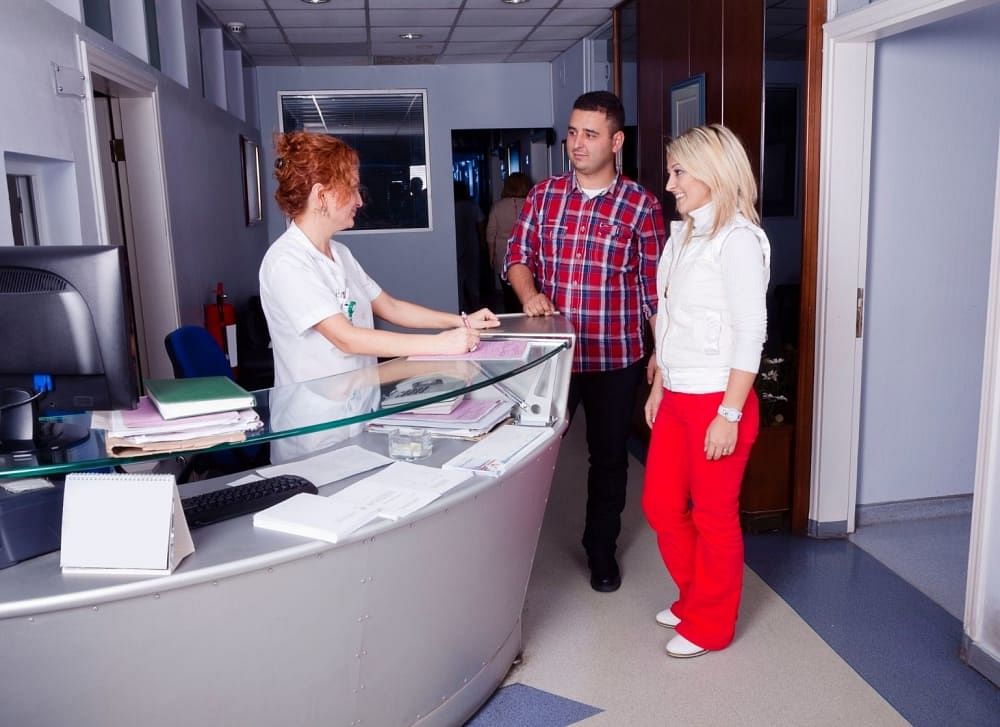The initiation of the concept of a test-tube baby happened years ago, back in 1978 in England, and after that, in 1983, the first-ever test-tube baby was born in Singapore. Since then, the popularity of test-tube babies has been on the rise, especially for couples who require medical guidance to end the struggle with fertility problems. Some of the common fertility problems that people complain of and why they pick a test tube baby process include blocked fallopian tubes, old age, male infertility, endometriosis, etc.
Test Tube Baby Process
The simplest explanation for a test-tube baby is any child that is conceived outside the female body. They are basically conceived in a lab with the above science and the process of in vitro fertilization. The eggs and the sperm are mixed together on a petri dish to begin the procedure. Even though it is a commonly used medical practice, not many people are aware of what the test tube baby process is in general. Let us discuss the test tube baby process in detail below to understand better and make the right decisions.
The entire test tube baby process can be divided into five different steps, and each of them has a vital role to play to ensure the completion and success of conceiving a baby in the end.
Also Read: Top 10 Foods to Eat During Pregnancy to Make Baby Smart & Intelligent
Step 1: Hormone Therapy And Egg Production
The first step in the test tube baby process is to promote the growth of eggs within the female’s body inside her ovaries. This is done with the help of injectable prescribed hormones known as gonadotropins and GnRHa. Once these injectable hormones are given to the female, the growth and maturation of the present follicles within the ovaries takes place. The final step of maturation of the eggs is done 36 hours before egg collection with the help of HCG injection.
Step 2: Eggs Retrieval
The next step to follow post hormone therapy is the retrieval of eggs from the body with the help of a small medical procedure. With the help of local anaesthesia or sedative, a woman’s body is prepared for the procedure to avoid any potential discomfort during the medical process. Next, a vaginal ultrasound probe with an attached needle is used to collect the samples of eggs that are needed in the lab for their fourth step in the test tube baby process.
Step 3: Sperm Collection
The day the eggs are retrieved from the female’s body, the male also has to Bring or produce a fresh sample of semen. This is necessary as, similar to egg collection, sperms have to be collected too in order to complete the next step, which is very crucial for the test tube baby process. Implantation of the embryo is only possible after getting strong samples from both males and females.
Step 4: Petri Dish
One of the most important steps in the entire test tube baby process is mixing the collected eggs and sperms in a petri dish. This step requires patience as the dependency on it is really high. Once the sperms and eggs are mixed together on the petri dish, the sample is kept inside an incubator for a few days. The expert checks the mixture to analyze fertilization signs if any, and monitor the embryo growth as well. This is necessary to ensure the embryo is well prepared to be transferred to the uterus in the next step.
Step 5: Final Transfer to Uterus
The final step in the test tube baby process is transferring the prepared embryos into the uterus. A minimum of two or three different embryos is transferred to the woman’s uterus with the help of a very fine catheter. The main advice post embryo transfer is to administer HCG or progesterone daily to support the uterus lining and greatly increase the potential of implantation by strengthening the uterus walls.
Also Read: Best Oils for Baby Massage & Top Benefits of Massaging a Baby
Summing Up On Test Tube Baby Process
All these five steps have their individual role to play in the entire test tube baby process, and if any of the steps are not completed, the whole procedure will fail to give fruitful results. There are potential side-effects to this medical process, similar to any other medical procedure. However, the chances of success are high. Common side effects can be premature delivery, low weight post-birth, miscarriage, surgical issues during the egg retrieval process, birth defects, etc.
Overall, to conclude, one of the most beneficial surgeries for fighting infertility concerns is the test tube baby process. The risks are minimal and the chances of success or higher in this procedure compared to any other medical surgery. There is a reason why it is getting popular worldwide, and the major one is the safety and success rate of the same. So, if you are looking to experiment with the test-tube baby process, consult your gynaecologist today and book an appointment to know more.







